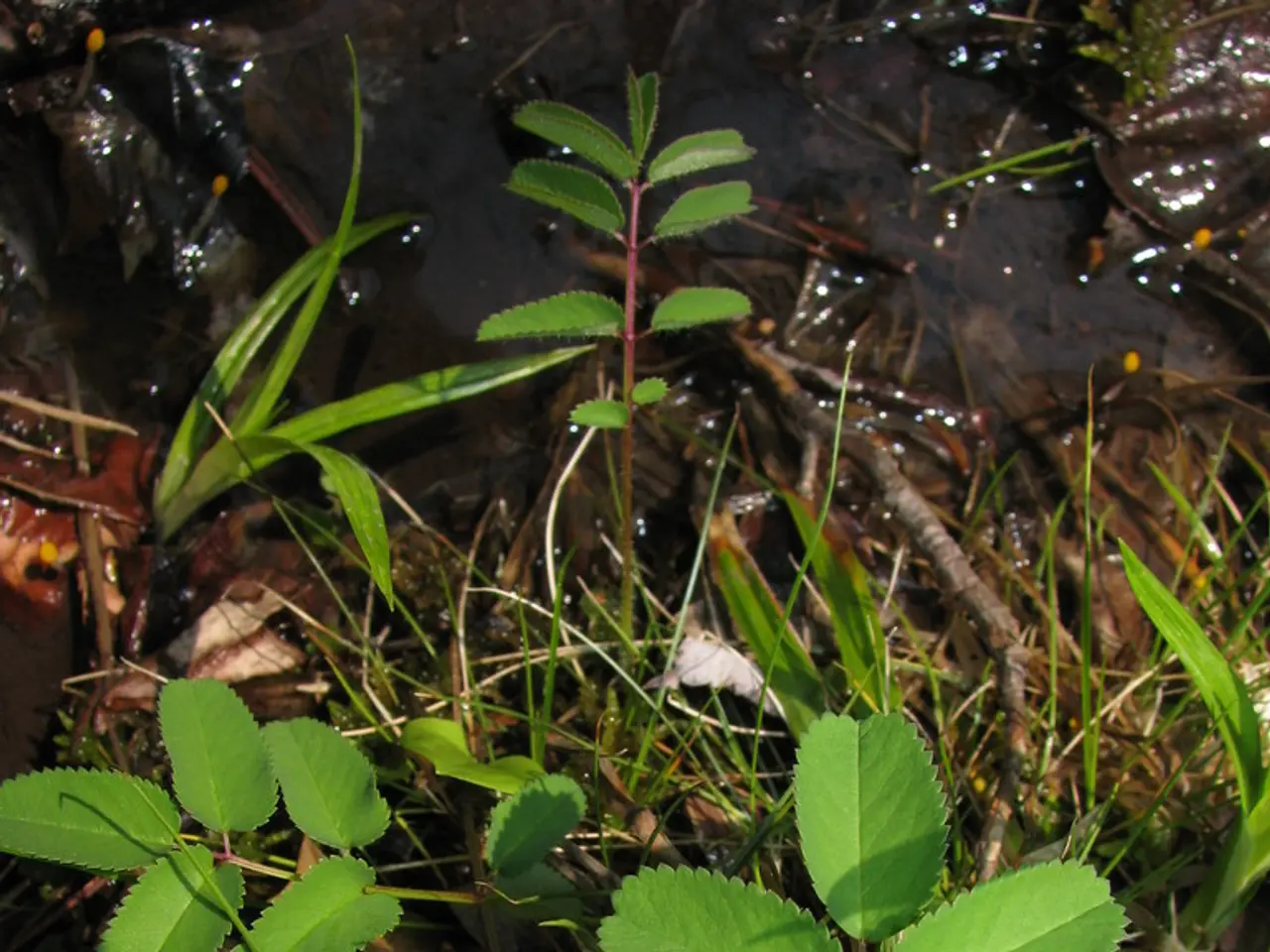Data from satellites reveals over 140,000 hectares of plastic foil in German farming sector
In a recent study published in the scientific journal "Scientific Reports", researchers from the University of Augsburg delved into the extent of plastic sheeting in German agriculture. The investigation focused on the use of two types of plastic covers: mulch films that lie directly on the ground, and covers over plants such as greenhouses or film tunnels.
The study revealed that around 140,000 hectares of arable land were covered with plastic mulch in 2020, an area approximately one and a half times the size of Berlin. This equates to approximately 1,691 tonnes of conventional plastic mulch films (mostly polyethylene) being used annually in Germany. However, only about 129 tonnes of certified soil-biodegradable mulch films are currently in use.
While plastic covers offer agronomic benefits such as modifying microclimate, reducing evaporation, suppressing weeds, and increasing yields, they pose significant environmental risks. Thin mulch films, in particular, are often not completely removed and can introduce microplastics into the soil. These persistent microplastics degrade soil quality, disrupt soil structure and functions, and may even have negative effects on plant health such as reduced photosynthesis and crop yields.
Microplastics from agricultural plastics may also penetrate plants, disrupt photosynthesis, and threaten crop productivity and food security by reducing growth and yields. This highlights a significant long-term risk.
However, there is a glimmer of hope. Certified soil-biodegradable mulch films, such as those meeting standards like EN 17033 or ISO 23517, degrade completely in soil into CO2, water, and biomass, avoiding microplastic formation. Their adoption is growing, with production capacity projected to exceed 610,000 tonnes by 2027. Yet, in Germany, they represent a small fraction of mulch use compared to other countries like Spain and Italy.
The researchers combined freely available satellite images with machine learning methods for their investigation. They hope that their method will contribute to better monitoring of plastic use in agriculture in the future. The study did not provide information on potential environmental risks associated with covers over plants such as greenhouses or film tunnels.
The findings of the study underscore the substantial environmental impact of plastic mulch films via microplastic pollution and soil degradation in Germany. Transitioning to certified biodegradable mulches, increasing collection and recycling of plastic residues, and promoting innovation in biodegradable materials are critical strategies to mitigate these impacts while maintaining agricultural benefits.
- The study in "Scientific Reports" reveals that climate-change and environmental-science are crucial concerns, as the use of conventional plastic mulch films contributes significantly to data-and-cloud-computing efforts, due to the generation of microplastics.
- In the face of these environmental challenges, technology offers solutions, such as the adoption of certified soil-biodegradable mulch films, which can decompose naturally, eliminating microplastic formation and reducing the harmful impact on the environment.
- According to the study, while these challenges are apparent in German agriculture, advancements in technology, such as satellite imagery and machine learning, can aid in the monitoring and management of plastic use, thus mitigating environmental risks and promoting a sustainable future.




